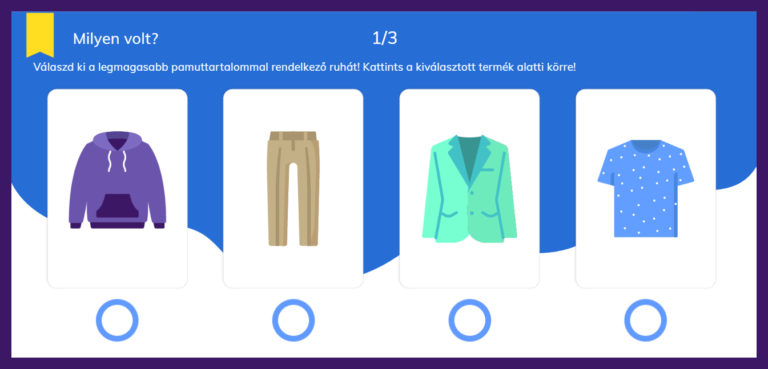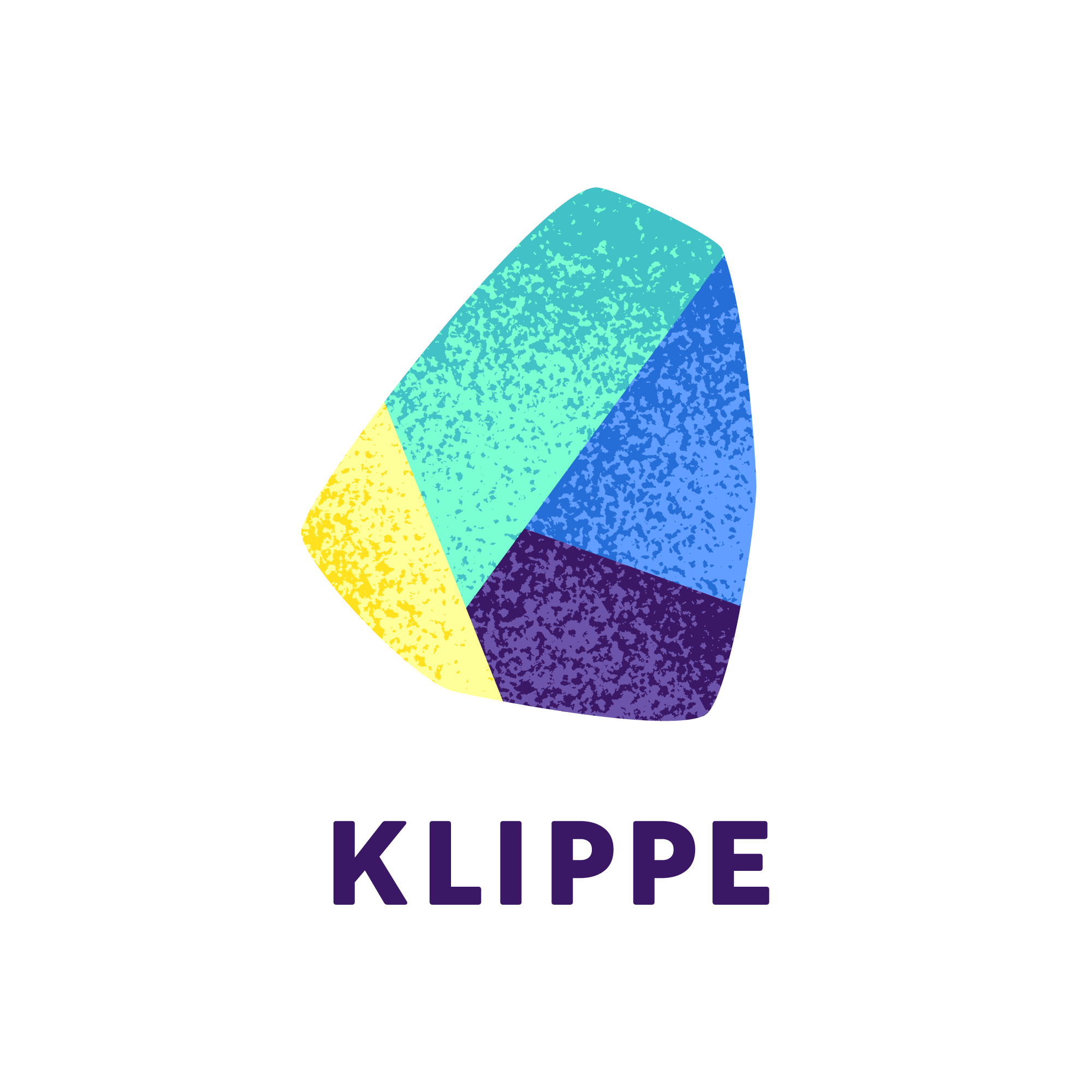Cooking from a recipe is something anyone can do, but the choice of ingredients matters greatly. Similarly, when it comes to crafting effective and engaging e-learning courses, we need to focus on using the right elements – such as e-learning tasks, assessments, and feedback. In this Journal entry, we’ve addressed valuable insights on how to achieve this successfully!
Understanding E-Learning Systems
An e-learning system, often referred to as a Learning Management System (LMS), is software designed to facilitate and structure e-learning education. It serves as a platform to oversee learning activities, administer courses, and organise various online learning processes effectively. However, the question arises: How can we enhance the efficiency and enjoyment of these digital courses?
1. Maximizing Engagement: Creating Dynamic E-Learning Tasks
In crafting an e-learning course, it’s vital to ensure that tasks are not only informative but also enjoyable and accessible. This fosters enthusiasm among participants, leading to more effective learning outcomes. Here are a few examples:
As kids, we were captivated by stories and fairy tales. Those tales stuck with us, shaping our thinking even as we grew older. We hold onto the tiniest details of our beloved books, so why not harness the power of storytelling in e-learning? Introduce characters, weave narratives into the course, incorporate meaningful dialogue, and impart moral lessons. This approach can supercharge the learning experience, making it more engaging and memorable for all involved.
Games are all about enjoyment, and when something is enjoyable, people are naturally drawn to it. In e-learning, our goal is to fully engage learners in the learning journey, ensuring that training is not only informative but also enjoyable and memorable for them. Incorporating gamification into e-learning tasks can greatly contribute to achieving this objective. Discover more about this approach in detail in our dedicated Journal entry!
They can serve as a helpful tool for pinpointing areas where learners need improvement. Alternatively, they can seamlessly integrate into the curriculum, injecting vibrancy into the course without turning it into a battleground. Instead, participants can enjoy learning through playful engagement.

2. Assess Learners and E-Learning Assignments Thoughtfully
Evaluating e-learning tasks and their assessments provides invaluable insights into learners’ evolving knowledge throughout the course. It allows us to gauge their progress and mastery levels, offering checkpoints at various stages of the learning journey.
Pre-Course Assessment
Conducting assessments before the course begins serves multiple purposes. Firstly, it optimizes training time by identifying learners’ existing knowledge. Additionally, it helps pinpoint any knowledge gaps, highlighting areas where participants may require further instruction.
In-Course Assessment
Integrating assessments at various intervals, such as at the conclusion of each lesson, empowers learners to continuously evaluate their understanding as they progress through the course.
Post-Course Assessment
Immediately after the course, assessments serve as a standard method to gauge learners’ acquisition and comprehension of the material covered throughout the duration of the course.
Reflection
It’s natural for some learned information to fade with time. Retrospective assessments serve as a tool to evaluate how well learners retain the material over the long term, shedding light on which aspects of the content remain most enduring in their memory.
Multi-Point Evaluation offers valuable insights. One effective method involves testing learners at both the start and conclusion of the course. This approach allows us to quantify and statistically validate the progress made throughout the course. Such data not only measures the effectiveness of the course but also provides tangible benefits for the organization.

Diving into E-Learning Development with Expert Guidance
How to find the right e-learning development company? How to craft tenders successfully? What are the questions and answers to get from the first conversation to project planning to the actual order?
Read More!3. Give Feedback Serious Consideration
Feedback holds immense sway over learning and performance, capable of yielding both positive and negative impacts. Effective feedback serves as a catalyst for improvement, while recognition-based feedback, such as virtual rewards, may fall short in motivating learners.
In the realm of e-learning, feedback often originates from the system rather than a human source. Although developers may utilise avatars to inject a touch of humanity, it remains essentially a digital message on a screen. Thus, clarity regarding its purpose is paramount.
Consider the following three questions when crafting feedback:
- What are the objectives?
- How is the learner doing?
- How can improvements be made?
Here’s some ideas on delivering the most potent feedback possible!

Educational Feedback
Distinguishing between informative and educational feedback is crucial. While the former merely states facts, the latter is more intricate and constructive. Feedback shouldn’t solely focus on reporting course outcomes, such as passing or failing. What’s more important is understanding why the learner succeeded or failed.
By guiding participants to assess their strengths and weaknesses, we aid them in recognising areas of proficiency and areas for improvement. Through constructive feedback, learners can leverage these insights to enhance their skills beyond the course.
Uplifting Feedback
In the realm of e-learning, feedback plays a vital role in supporting and uplifting learners, particularly those who may have encountered setbacks. Not all learners progress at the same pace, and those facing difficulties may feel disheartened, potentially leading them to abandon the course. Therefore, it’s essential for feedback to focus on motivating learners and reassuring them that setbacks don’t define their potential success in the course if they’re willing to persevere.
Encouragement isn’t reserved solely for those who face challenges at the course’s conclusion; it extends to all learners. Even those who have excelled overall may have areas where they could improve. Encouraging them to address these areas fosters ongoing growth and maximises their learning potential.

Compassionate Feedback
While some e-learning systems may seem rigid and automated, it’s essential not to overlook the human aspect of learning. Enhancing the effectiveness of the course involves moving away from mechanised assessment processes and striving for communication that resonates with learners, making them feel valued beyond receiving a standard electronic message.
To draw a comparison, it’s akin to crafting a heartfelt Christmas card: considering how to express yourself genuinely enhances the recipient’s sense of value. Demonstrating appreciation and understanding cultivates openness and a genuine eagerness to learn.
Balancing External and Internal Motivation in Feedback
Motivation plays a pivotal role in feedback, manifesting in either intrinsic or extrinsic forms. However, the equilibrium between these two types differs significantly. Consider this scenario: a child’s love for reading may diminish if they receive a tangible reward, like a parent’s praise or a gift, after completing a book. This external reward can overshadow their innate passion for reading.
Similarly, constantly pushing virtual rewards or tangible incentives in e-learning may compromise learners’ intrinsic motivation, hindering their genuine engagement with the material. While it’s not off-limits to utilise scores or trophies in e-learning, it’s crucial to strike a balance between intrinsic and extrinsic motivation in your design. Ultimately, the objective is to foster knowledge acquisition and long-term retention without jeopardising learners’ internal drive.
Need Some Help?
If you’re seeking to enhance your organisation’s e-learning system by crafting engaging tasks, assessments, and feedback, but feel uncertain about the next steps, reach out to us. We’ll guide you towards the most effective solutions tailored to your needs. Don’t hesitate, even with limited resources, as expert assistance can yield significant savings in both time and costs!
If you found this article valuable, stay connected with us on Facebook or LinkedIn for our latest updates and insights!
Feel free to contact us using the details below! ⬇️
Who Are We?
We are digital education experts and software developers, following trends and offering innovative solutions in our learning materials and systems. We have been providing digital training, creating complex e-learning materials and implementing systems for X years.
Klippe Learning’s team will create the digital teaching and learning solution you’ve been dreaming of – or we’ll dream it for you if you don’t know exactly what you need. Custom content, creative and motivating methods, a platform tailored to you.
How Can You Reach Us?
To find out more about our bespoke learning materials, e-learning systems, training courses or to request a quote, please contact us:
 contact us via the form on the right!
contact us via the form on the right!
 or call us:
or call us:
 or send an email:
or send an email:



